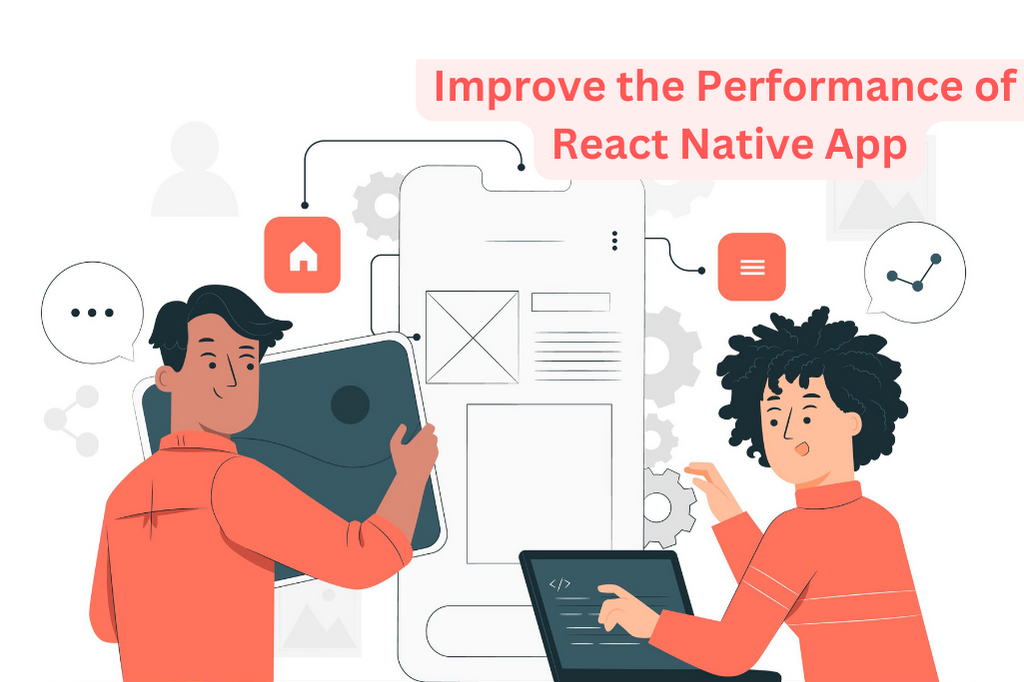
How to Optimize Your React Native App for Performance
As mobile app usage continues to rise, optimising app performance is more important than ever. In the case of React Native apps, performance optimization is especially crucial since they rely on JavaScript for rendering, which can be a bottleneck for speed. However, optimising React Native app performance can be challenging due to its unique architecture. In this blog post, we'll explore several strategies to optimise the performance of React Native apps, including code optimization, component optimization, image optimization, network request optimization, third-party library optimization, and performance monitoring and analysis.
Optimize React Native Code:
One of the most important factors in app performance is the code itself. Bloated and poorly optimised code can cause your app to slow down. There are several code optimization techniques you can use, including reducing the size of your codebase, removing unused code, and avoiding deep nesting of components. Additionally, using the React Native Debugger can help identify and fix performance bottlenecks.
Optimize React Native Components:
Optimising your app's components can have a significant impact on performance. Some common techniques include simplifying and optimising your component hierarchy, minimising the number of state changes, and using pure components whenever possible. Furthermore, you can use libraries like react-native-fast-image to optimise your app's image loading.
Optimize React Native Images:
Images are a vital part of any app's user interface, but they can also cause significant performance issues. To optimise images, you can use various techniques, including compressing images, using responsive images, and lazy loading images. By reducing the size and number of images used in your app, you can improve overall app performance.
Optimize Network Requests:
Slow network requests can also impact your app's performance. Some techniques to optimise network requests include reducing the number of requests, using HTTP caching, and implementing background sync for offline support. Additionally, using tools like Reactotron can help debug and optimise your network requests.
Optimize Third-Party Libraries:
Third-party libraries can be incredibly helpful, but they can also cause performance issues if not optimised correctly. You can optimise third-party libraries by removing unused code, using lighter-weight alternatives, and using the most recent versions of libraries.
Monitor and Analyze Performance:
After implementing performance optimizations, it's important to monitor and analyse your app's performance to identify any remaining bottlenecks. Tools like React Native Performance Monitor can help monitor and analyse your app's performance, giving you insights into which areas still need improvement.
Conclusion
In conclusion, optimising your React Native app's performance is critical to its success. By following these strategies, you can improve your app's performance, providing a better user experience, and increasing user engagement. With the right tools and techniques, you can take your app's performance to the next level.
Recent Post

The Future of DevOps: Trends to Watch Out For
10 Dec 2023
